Martham Telephone Service History
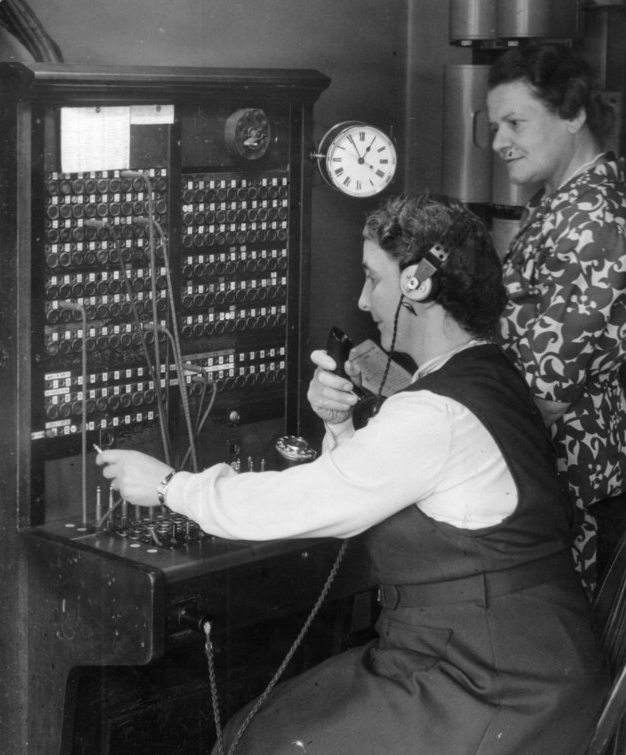
My thanks to John Cranston for providing the following information.
Once upon a time, you couldn’t use your phone to take a picture, watch a video or send a text. You couldn’t even take it out of the house because it was attached to a length of flex or screwed to the wall. The only telephones were heavy things, made from metal and wood, and they were just for talking on. There were very few of them because not many people could afford one.
Telephones arrived in Martham just before World War One. A telephone exchange was installed in the Post Office in Repps Road and came into operation on 6th February 1914. The same month, other exchanges were opened at Acle, Potter Heigham and Ormesby. Just eight people had subscribed to the service offered by the Martham exchange. Bare overhead copper wires carried on telegraph poles connected their phones to a small switchboard, like the one shown below, at the back of the shop.
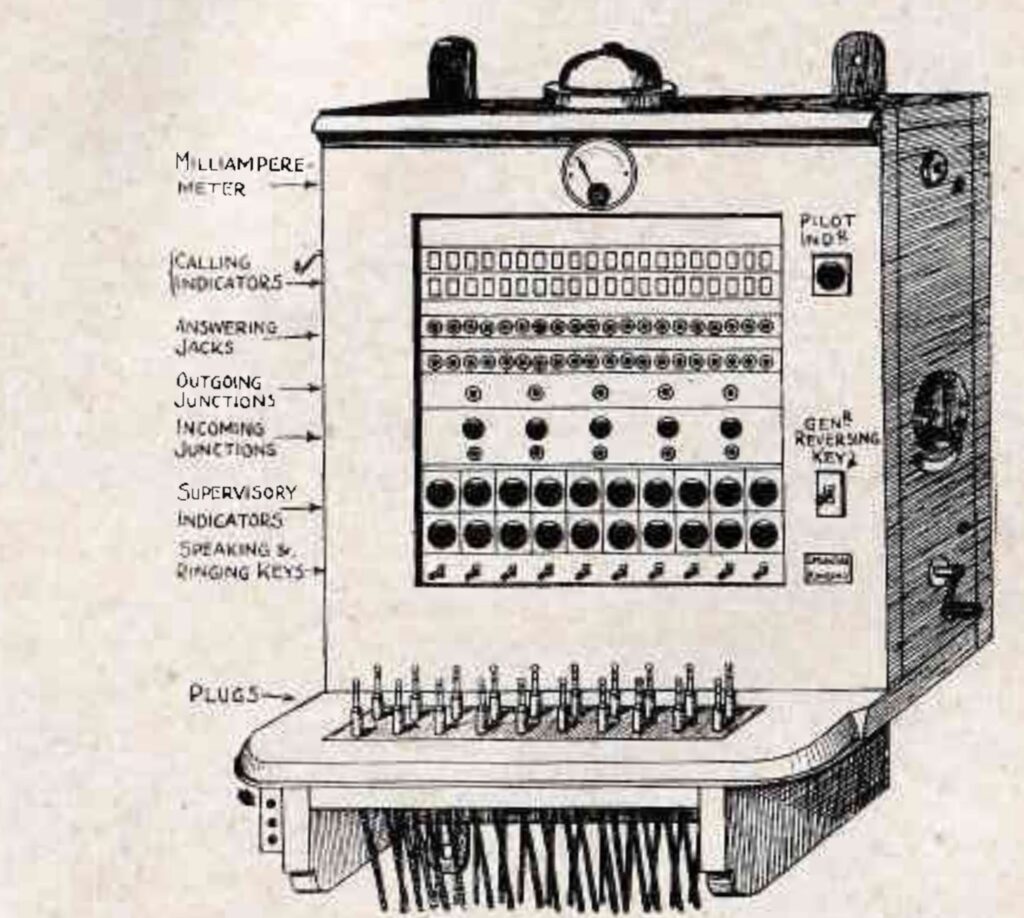
When subscribers made a call, they would lift their receivers and hear the request, “Number, please”. That was spoken by the operator, possibly an employee of the sub-postmaster Richard Goodrich but most probably his wife Edith. She would have been alerted by a buzzer on the switchboard and would ring the bell of the wanted number by cranking a small generator or put through the call to another exchange if the number was outside the Martham area.
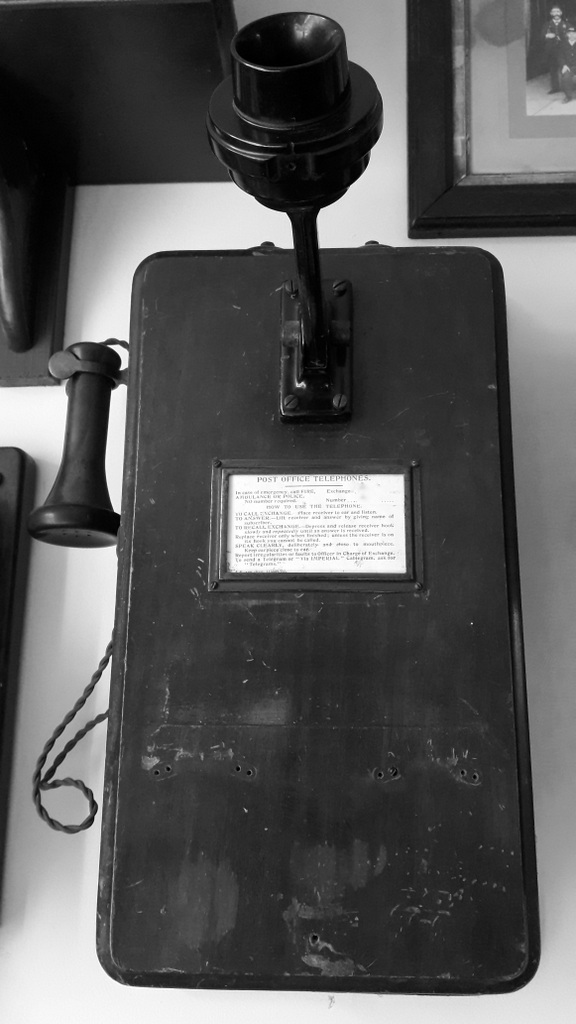
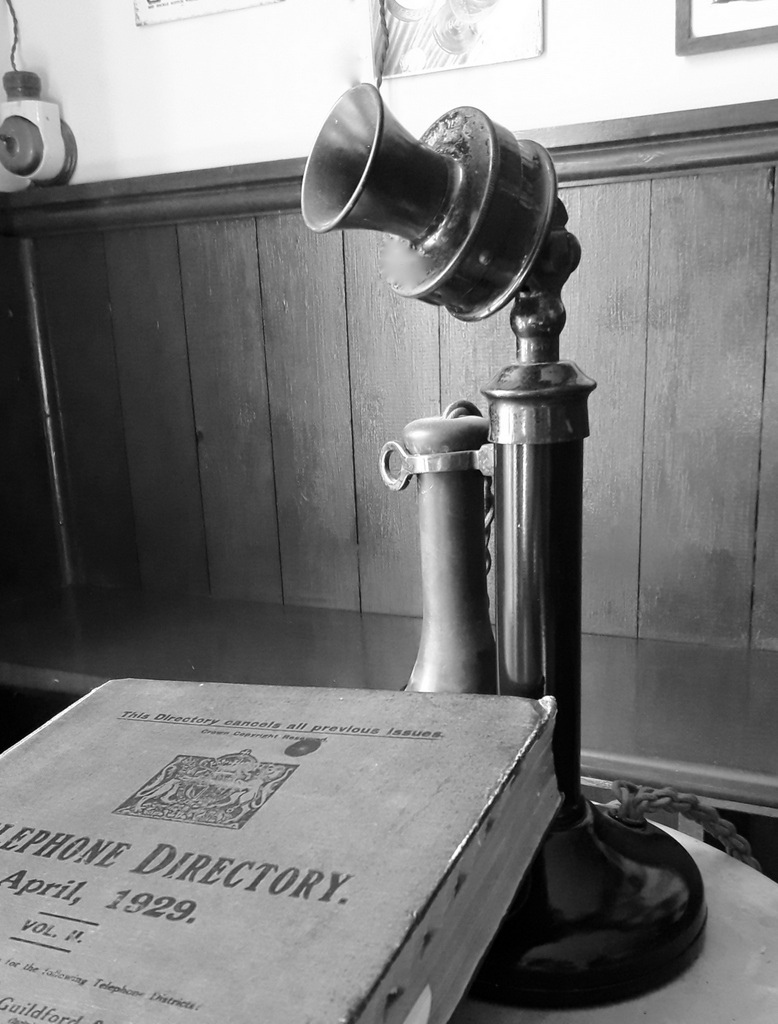
Each telephone needed big batteries to make them work and these required regular maintenance. Wall telephones were bulky as the two large power cells were inside – see picture on the left above. If a subscriber opted to have a table telephone – often of the ‘candlestick’ type as shown on the right above – the batteries were hidden in a box nearby.
The early subscribers were prominent folk, professionals and tradesmen, spread across Martham and the surrounding villages. By 1920, there were nearly 20 of them and 30 by 1928. The longest line, to the home of a retired bishop in Fleggburgh, ran for more than three miles. He would have had to pay £26 a year in rental charges (£1,240 in today’s money) for a line of that length, plus a premium of an extra penny per call. By contrast, a small business in Martham itself would have paid just £7 a year (or £330 today). The Martham subscribers in September 1920 were:
- Martham 1: Richard James Goodrich, newsagent, stationer, Post Office.
- Martham 2: (Spare line).
- Martham 3: W Winwood Gossage, Burnley Hall (East Somerton).
- Martham 4: H A Brownsword, Rollesby Hall.
- Martham 5: George Frederick Knights, Martham House.
- Martham 6: Thomas William Lewis Beales, physician and surgeon.
- Martham 7: William Bracey Junior, fruit merchant.
- Martham 8: William Shipley and Son, veterinary surgeons.
- Martham 9: George Chapman, butcher.
- Martham 10: Police.
- Martham 11: A L Braithwaite, The Grange, Rollesby.
- Martham 12: Henry Augustus Vernet, The Grange, West Somerton.
- Martham 13: Rt. Rev. George Carnac Fisher, Flegg Burgh House.
- Martham 14: C J Faux, Rectory House, West Somerton.
- Martham 15: Dr. William Royden, Surgeon and Physician, Fleggburgh.
- Martham 16: Thomas W Sheldon, physician and surgeon, The Firs.
- Martham 17: Horace John Debbage, corn and flour merchant.
- Martham 18: J E Kirby and Son, engineers and farm contractors.
- Martham 19: William Bracey, Manor House.
Martham subscribers in April 1928 Martham were:
- Martham 1: Richard James Goodrich, newsagent, stationer, Post Office.
- Martham 2: Pymans Stores, Grocer & Draper, White Street.
- Martham 3: Hubert Bois, Burnley Hall, East Somerton.
- Martham 4: Major I B H Benn, Rollesby Hall.
- Martham 5: Charles Pitchers, haulage contractor, West Somerton.
- Martham 6: Jeary and Son, butchers.
- Martham 7: William Bracey, Fruit Merchant.
- Martham 8: William Shipley & Son, veterinary surgeons.
- Martham 9: George Chapman, butcher.
- Martham 10: Police.
- Martham 11: Samuel Francis, motor garage.
- Martham 12: Neil Sims, horse slaughterer, The Cess.
- Martham 13: Mrs G C Fisher, Flegg Burgh House.
- Martham 14: James Robert Bensley, Corn & Flour Merchant.
- Martham 15: Dr. William Royden, Surgeon and Physician, Fleggburgh.
- Martham 16: W J Miller, builder, Rollesby Post Office.
- Martham 17: Horace John Debbage, Corn & Flour Merchant.
- Martham 18: J E Kirby and Son, engineers and farm contractors.
- Martham 19: William Bracey, Manor House.
- Martham 20: Dr Andrew Alexander Fyffe.
- Martham 21: Cecil Thomas Ashworth Beevor, The Firs.
- Martham 23: R Gournay Ferrier, The Old Rectory, West Somerton.
- Martham 25: Oliver Aldred Starling, Agricultural Engineer.
- Martham 26: C H Shenton Evans, Broad House, Rollesby.
- Martham 27: Percy Edwin Wiseman, The Grange.
- Martham 28: J W Allard, Grocer, Rollesby.
- Martham 29: Albert Alfred Francis, Ironmonger, Hairdresser.
- Martham 30: Co-operative Society Ltd, General Dealers.
In 1928 the Post Office moved to new premises on The Green and in 1930 a more modern, floor standing switchboard was installed to cope with the growing number of subscribers. In 1933, some of the phone lines were transferred away from Martham to a new, mechanical exchange built in Fleggburgh. (Doctor William Royden’s number, for example, was changed from Martham 15 to Fleggburgh 32; any inconvenience he felt by the change would have been softened by his line rental getting a lot cheaper because he was closer to the new exchange. When the Doctor’s number went digital it was changed to 369232 and incredibly the legacy number still used by the Fleggburgh Surgery in 2024 remains 01493 369232, 91 years later).
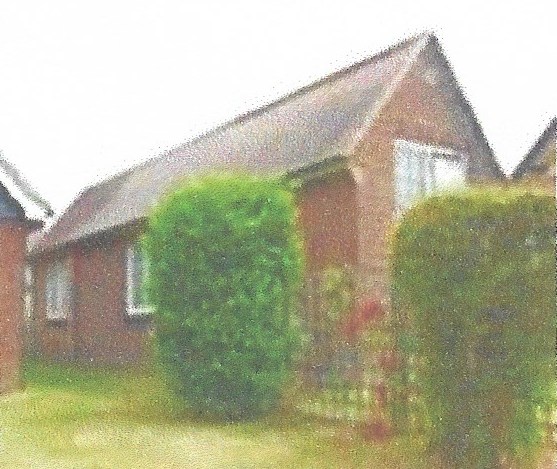
As the decade neared its end, so did the days of the old manual exchange at Martham. Preparations were made to transfer the phone lines – more than 50 of them by then – to the latest type of automatic exchange. Work started on a small brick building on a plot of land next to 7 Repps Road to house the racks of new electro-mechanical equipment.
But two things were needed before the machinery could function. First, everyone needed a three-digit telephone number. This simply meant prefixing most numbers with ’20’ or ‘2’. (Having said that, the police house – Martham 10 – became Martham 222 instead of 210. Before the 999 service became available it was common on small exchanges to allocate the number 211 or 222 to the police). The new numbers first appeared in the 1939 Norwich area telephone directory. Next, everyone had to have a telephone with a dial. Some instruments could be fitted with one quite simply like the wall phone shown on the left below but others had to be replaced completely. Subscribers were offered altered versions of their wall phones or ‘candlesticks’ with their clumsy separate earpieces. If they wanted a modern bakelite phone with a handset receiver, it would cost them a one-off payment of five shillings (25p) for a black model or £1 (£69 today) for a green, red or ivory-coloured one like the one shown on the right below.
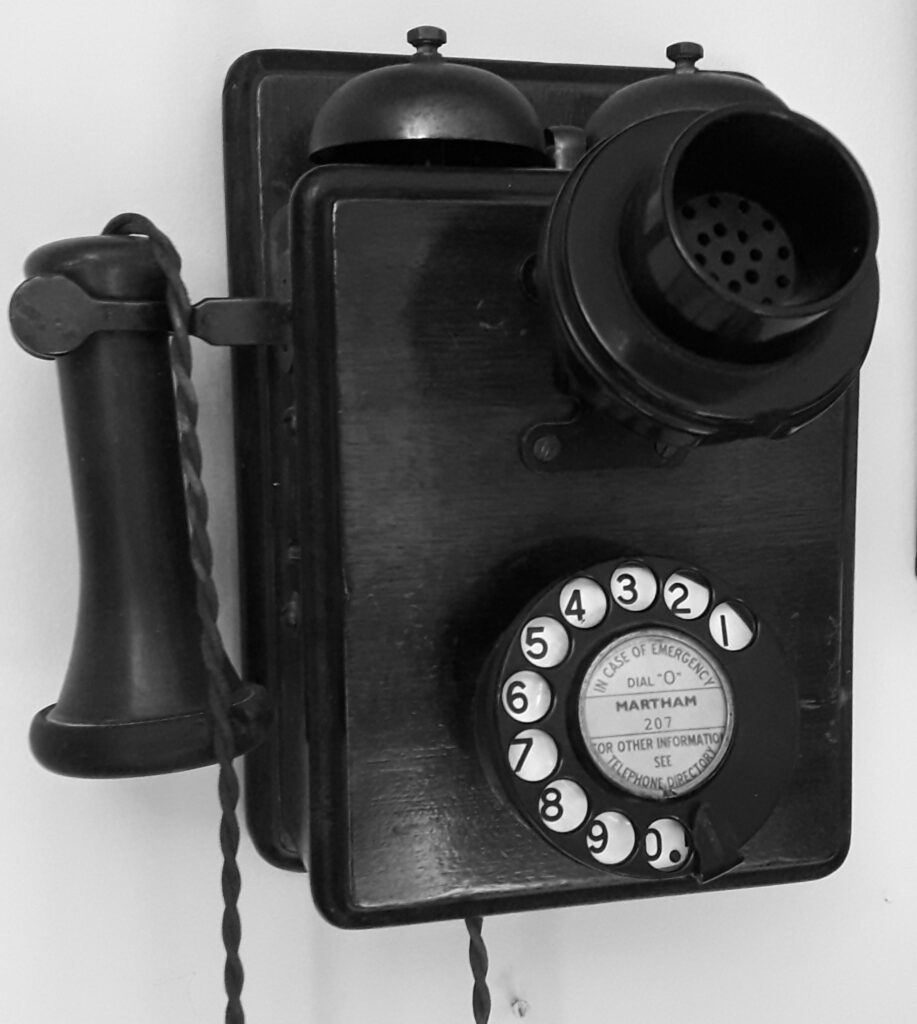
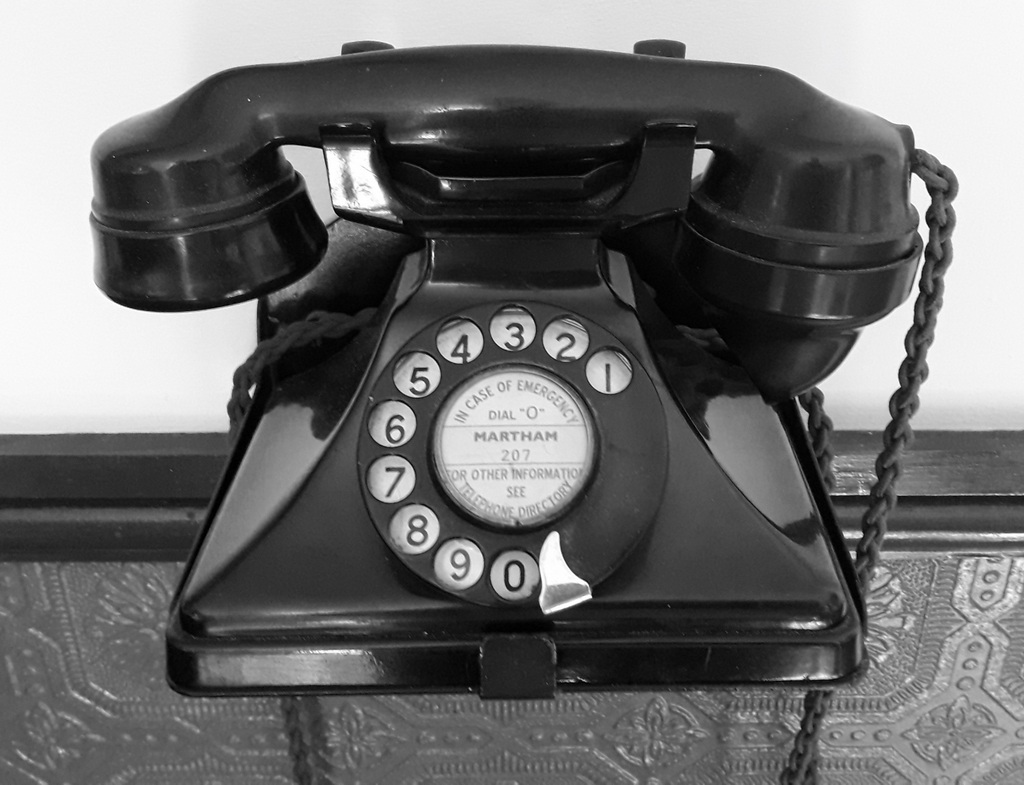
When all the preparations were complete, the plugs were pulled from the Post Office switchboard and subscribers lifting their receivers heard for the first time the purring dial tone of their ‘robot’ exchange (as they were nicknamed). Calling nearby numbers no longer needed human intervention, just the dialling of a few digits. Calls further afield still had to go via an operator in Great Yarmouth, for which the caller dialled ‘0’.
Martham’s unmanned auto exchange (originally an installation known as a UAX12) expanded in the following years as more people went ‘on the phone’. The brick building was extended and finally replaced by a larger wooden structure which still stands on the Repps Road site. Come the 1960s, users could make, and receive, self-dialled long-distance calls. The code for anyone calling a Martham number from outside the local area was 049 374.
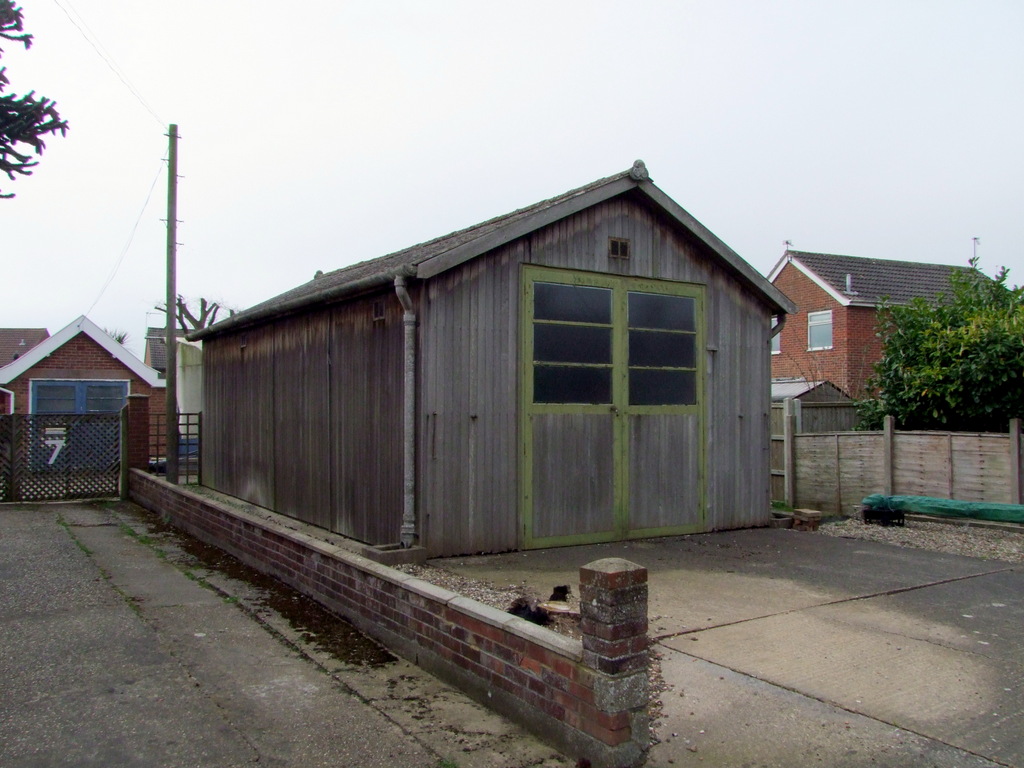
Shown on the right is another telephone service-related little building just off the north side of Repps Road not far from Rectory House. It is a redundant repeater station which once housed amplifiers that were used to boost transmission on long lines. It was put up for sale in 2009 but failed to find a buyer.
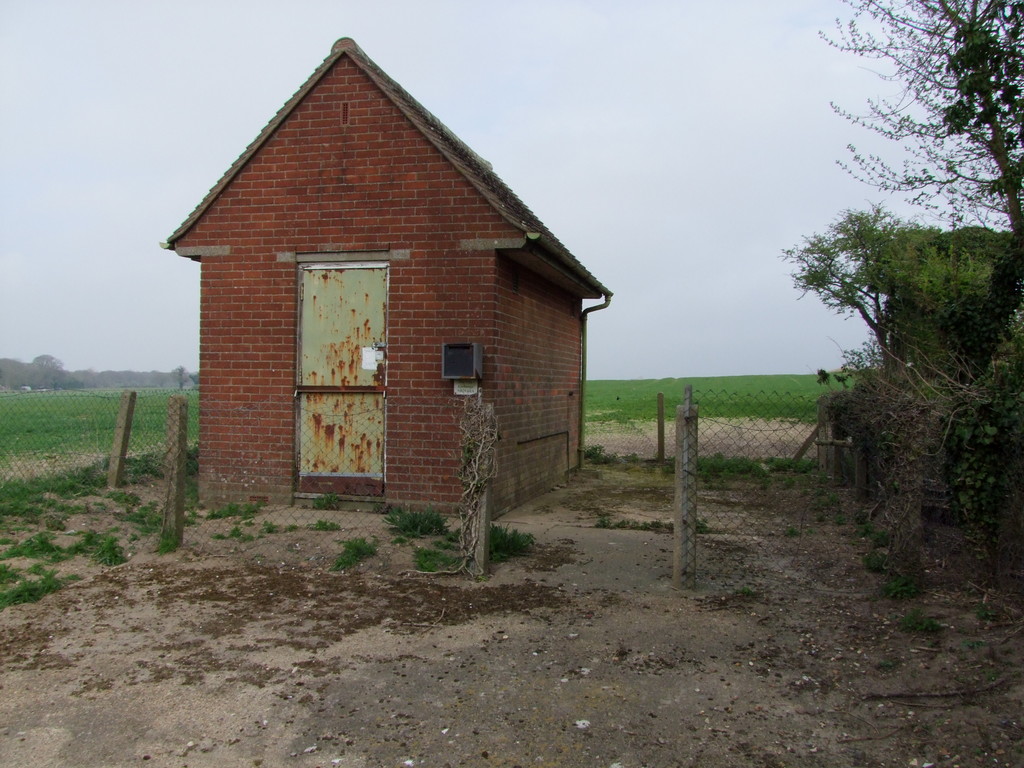
The mechanical switching system – originally invented in the 1890s – survived in Martham for more than 35 years. But the whirring, clicking number selectors finally fell silent on 2nd June 1976 when all the phone lines were transferred to a new electronic exchange in Rollesby Road. A bit of local identity was also lost: Martham phone numbers were prefixed with 740 and the exchange name was changed to Great Yarmouth.
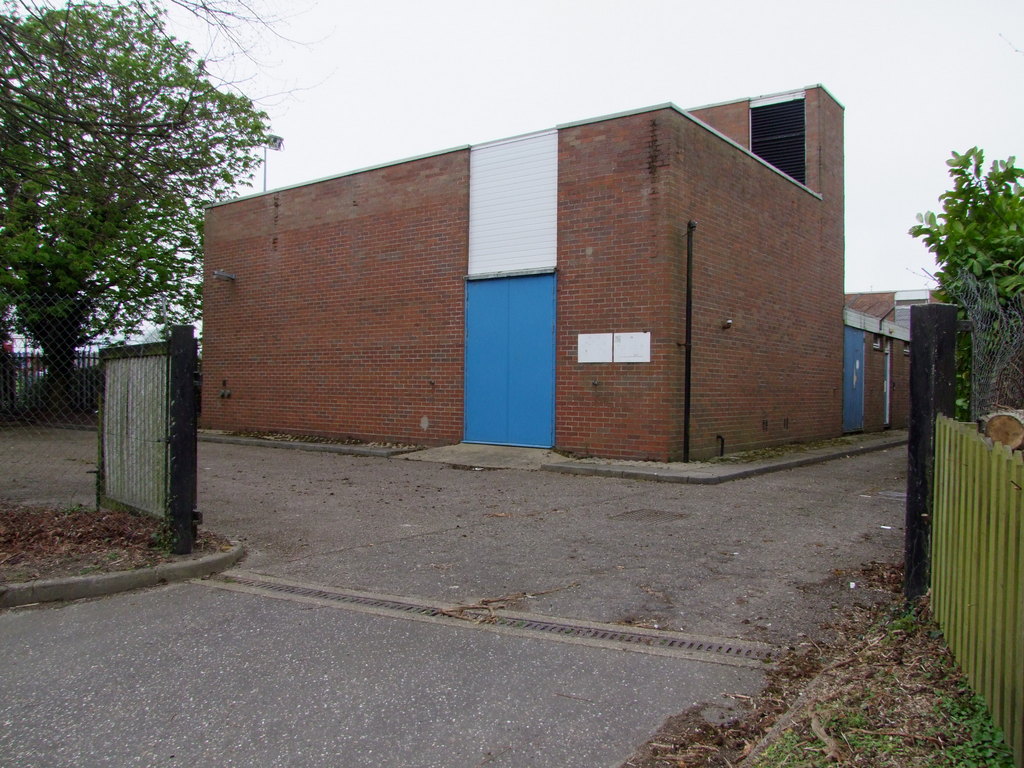
The TXE2 exchange which took over the service was itself replaced as advances were made. Touch-tone dialling became possible, then the internet and broadband. Now fibre – capable of carrying levels of information undreamt of a few years ago – is replacing the copper wires, the like of which connected Martham’s first telephone users. Within a few years, the wire-carried service will end and the present exchange is destined, like its predecessors, to be redundant. But without the technological strides taken since the last Martham numbers disappeared from phone books, you wouldn’t be reading this.
Below is a copy of the Directory first published in the Parish Magazine in August 1969 which shows some of the village groups and clubs that had the three-digit telephone numbers mentioned above.
